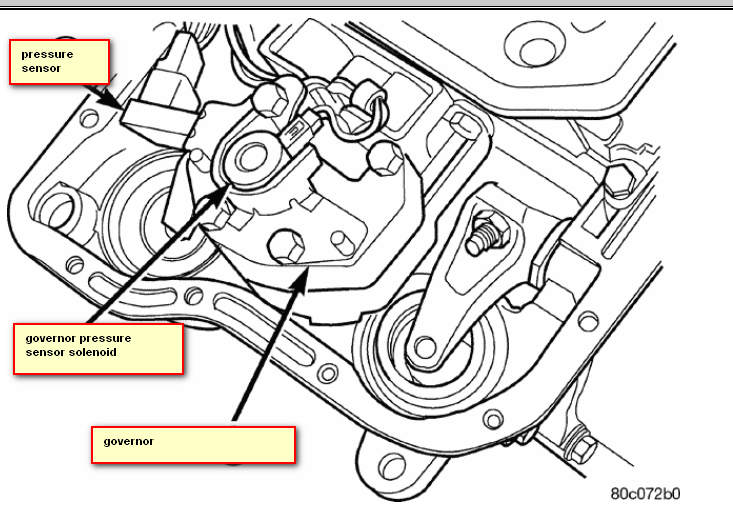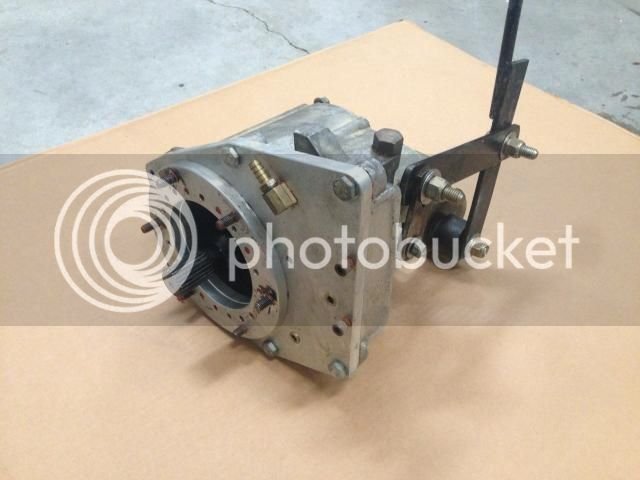P1763 Jeep Grand Cherokee
The popular, hardy Jeep Grand Cherokee is not immune to the occasional issue or hiccup. One of such scenarios is revolving around a P1763 transmission error code that you might notice. This is essentially a diagnostic trouble code (DTC) for “Governor Pressure Sensor Voltage Too High.” It simply means that the voltage input from the governor pressure sensor is too high for the engine’s management system.
This condition can result in harsh shifts, poor transmission performance and the illumination of the check engine light. Now let’s break down everything you need to know about this issue and the potential solutions.

Understanding the Basics of the P1763 Code
The P1763 trouble code, like all error codes, is designed to provide drivers and mechanics with more information about what might be going wrong with a vehicle. The code is related to the transmission and more precisely, the governor pressure sensor. This device is responsible for monitoring the fluid pressure inside the transmission and sending that information to the engine control unit (ECU) or transmission control module (TCM) so it can adjust the gear shifting accordingly.
When the pressure sensor voltage is too high, this condition will trigger the P1763 code, causing your vehicle’s transmission to perform improperly, likely leading to a noticeable change in the vehicle’s driving dynamics.
Symptoms of P1763 Code
Recognizing the early warning signs associated with P1763 code can save you from a much larger and more expensive repair down the line. Some symptoms might include:
1. Delayed or hard shifts
2. Poor fuel economy
3. Check engine light
Potential Causes of P1763 Code
While the direct cause of the P1763 code is an overly high voltage reading from the governor pressure sensor, several factors may contribute to this condition. Here are a few of them:
– Faulty governor pressure sensor
– Governor pressure solenoid failure
– Shorted or open transmission wire
– Dirty transmission fluid
– Faulty ECU or TCM
Detecting and Addressing P1763 Code
Addressing this issue begins with accurately diagnosing the cause. A professional mechanic with the appropriate diagnostic tools can run a series of tests including a visual inspection, scanning and retrieving codes with an OBD-II scanner, and checking transmission fluid levels and quality.
Once the root cause is identified, there are several steps to rectify the situation:
– Replace the governor pressure sensor if it is faulty.
– Replace the governor pressure solenoid if it’s found to be the problem.
– Repair any transmission wires that are shorted or open.
– Change the transmission fluid if it’s dirty or low.
– Perhaps the hardest thing to fix would be the ECU or TCM, if it is faulty – replacement would be highly recommended in such situations.
Frequently Asked Questions
Q. Is it safe to drive with a P1763 code?
While you may still be able to operate your car with a P1763 code, it’s not recommended. Ignoring this code could lead to excess wear and tear on your vehicle’s transmission, often resulting in costly repairs down the line.
Q. Can a P1763 code trigger a loss of power?
Yes, it can. One of the symptoms of a P1763 code is a noticeable loss of power, particularly at high speeds.
Final Thoughts
While a P1763 OBD-II trouble code can be quite worrying, it’s essential to remember that every problem has a solution. The key lies in early detection, understanding the root cause, and taking proper action. In the spirit of preventing undue stress, damage, and financial strain, it’s always advisable to address this issue as soon as possible. It’s always recommended to have a professional mechanic attend to troubles of this nature given the complexity of the vehicle transmission system.
Remember to service your Jeep Grand Cherokee regularly to avoid issues like these. Stick to your vehicle’s recommended maintenance schedule and take any potential warning signs seriously. Regular check-ups and proactive care can keep your beloved vehicles running smoothly for years and years to come.







